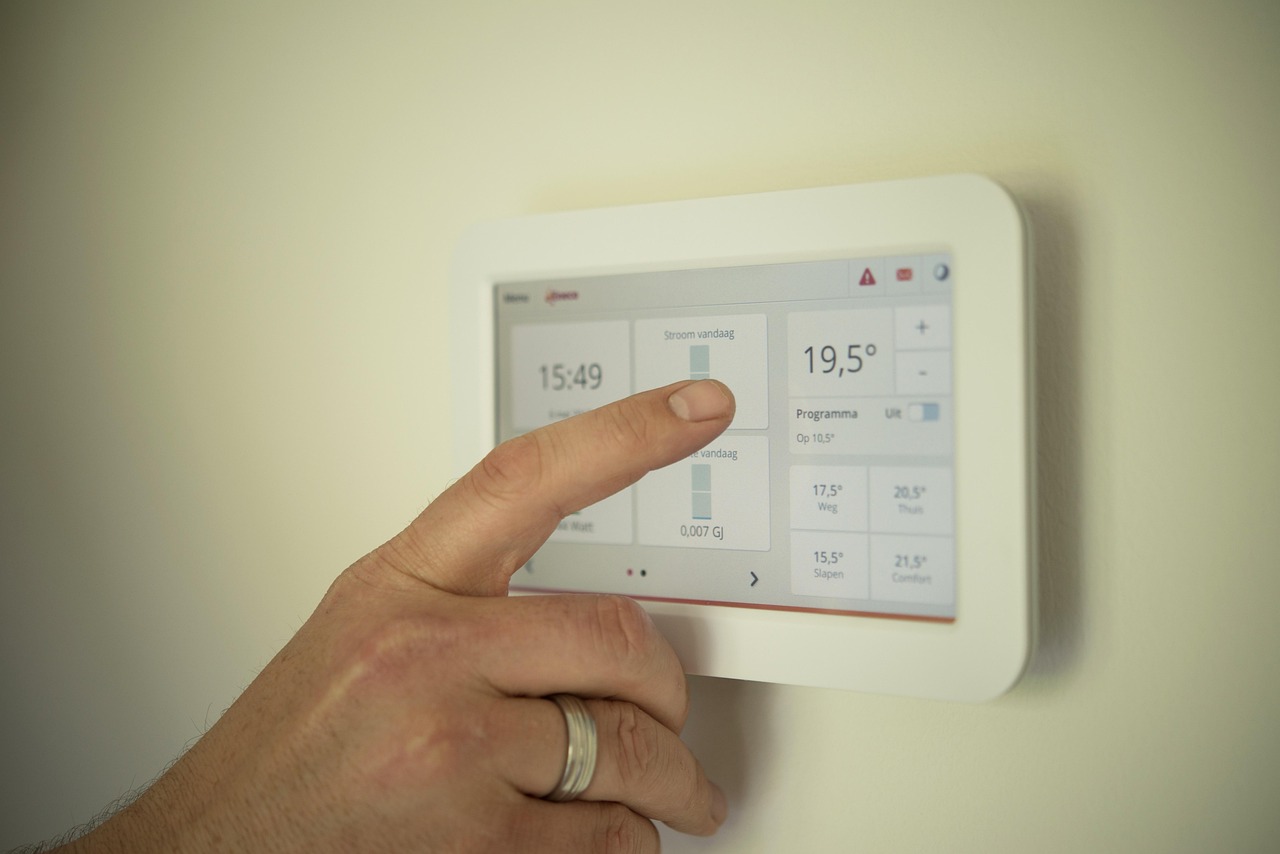The evolution of smart thermostats has transformed home climate control from simple temperature adjustment to sophisticated energy management. Today’s advanced smart thermostat features go far beyond basic scheduling, incorporating artificial intelligence, location awareness, and multi-room sensing capabilities. This article explores how learning algorithms adapt to your preferences, how geofencing technology automates comfort based on your location, how remote room sensors ensure even temperatures throughout your home, and how voice control integration simplifies daily interactions—all while maximizing energy efficiency and comfort.
Learning Algorithms: The Intelligent Comfort Assistant
The core advantage of modern smart thermostats lies in their learning capabilities. Unlike traditional programmable models that follow rigid schedules, learning thermostats observe and adapt to your patterns. Over several weeks, these devices track when you adjust temperatures, noting your preferences for different times of day and gradually building a personalized schedule. Learning thermostat benefits include the elimination of manual programming and continuous optimization based on your actual behavior rather than predicted patterns.
These systems also incorporate factors like local weather conditions, humidity levels, and seasonal changes. For instance, if you typically prefer warmer temperatures on rainy days, the thermostat notices this pattern and adjusts accordingly. Some advanced models even track how quickly your home heats or cools, factoring in your home’s thermal properties to maximize efficiency. The result is a system that anticipates your needs, potentially saving 10-15% on heating and cooling costs while maintaining optimal comfort levels without constant adjustments.
Geofencing: Location-Aware Climate Control
Geofencing thermostat technology represents one of the most practical innovations in home climate management. This feature creates a virtual boundary around your home and uses your smartphone’s location to determine whether you’re present. When geofencing thermostat explained simply, it works by automatically adjusting your home’s temperature when you leave and preparing a comfortable environment for your return.
The beauty of geofencing lies in its adaptive nature. If your routine changes—perhaps you come home early or stay out later than usual—the system responds accordingly without requiring reprogramming. Multi-person households benefit particularly from this feature, as the thermostat can track multiple smartphones and maintain comfort when anyone is home while saving energy when everyone is away. Professional home service experts from AskHomey note that geofencing can reduce energy consumption by up to 20% in homes with variable occupancy patterns, making it an essential feature for energy-conscious homeowners.
Remote Room Sensors: Whole-Home Temperature Balance
Traditional thermostats suffer from a significant limitation: they can only measure temperature in their immediate vicinity. This often creates uncomfortable temperature variations throughout the home, with some rooms too hot while others remain too cold. Remote room sensors HVAC systems solve this problem by providing temperature readings from multiple locations, allowing the thermostat to create a more comprehensive climate profile of your entire home.
These small, wireless sensors can be placed in bedrooms, home offices, or other frequently used spaces to ensure comfort where it matters most. Advanced systems allow you to prioritize different sensors at different times—focusing on bedroom sensors at night or living area sensors during the day. Some remote sensors also detect occupancy, allowing the system to prioritize comfort in actively used rooms while reducing energy consumption in vacant areas. The result is more consistent temperature throughout your home, elimination of hot and cold spots, and improved energy efficiency by focusing climate control efforts where they’re needed most.
Voice Control: The Hands-Free Comfort Experience
Voice control thermostat technology represents the perfect marriage of convenience and functionality in the smart home. By integrating with popular voice assistants like Amazon Alexa, Google Assistant, and Apple HomeKit, smart thermostats respond to natural language commands such as “turn down the heat” or “set the temperature to 72 degrees.” This hands-free operation is particularly valuable when you’re cooking, carrying groceries, or simply relaxing on the couch.
Beyond basic temperature adjustments, voice control enables more complex interactions. You can create voice-activated comfort routines, check energy usage reports, or adjust settings for specific zones in multi-zone systems. The natural language processing capabilities continue to improve, allowing for more conversational interactions rather than rigid command structures. For households with children, elderly members, or individuals with mobility limitations, voice control represents not just convenience but enhanced accessibility to comfort management.
Integration: The Connected Comfort Ecosystem
The true power of advanced smart thermostats emerges when they become part of a broader smart home ecosystem. These devices can communicate with smart vents, ceiling fans, humidifiers, and air purifiers to create comprehensive indoor climate management. When integrated with smart home hubs, thermostats can participate in sophisticated automation routines—for instance, adjusting temperatures when security systems are armed, when sunset occurs, or when energy prices fluctuate during peak demand periods.
Energy monitoring capabilities provide real-time and historical usage data, helping homeowners understand consumption patterns and identify opportunities for additional savings. Some utility companies even offer special rebates or time-of-use rate programs specifically for smart thermostat users, providing financial incentives beyond the direct energy savings. These integrations transform the thermostat from a standalone device to a central component in home comfort, energy management, and environmental control.
For more tips and to connect with reliable home service professionals, follow AskHomey on Facebook and Instagram.



